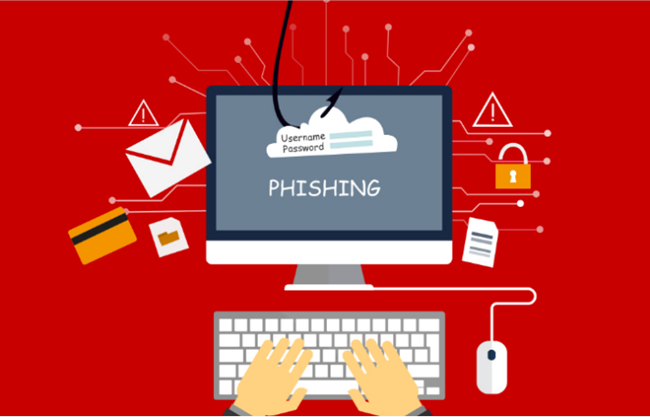Though streaming providers are important in preventing cyberattacks, streamers should also notice the suggestions mentioned.
Streaming should be enjoyable, and it is in the vast majority of situations. People are turning to streaming services (Netflix, Hulu, HBO Max, Disney Plus) to satisfy their entertainment quota as they work from home. The pattern of Google searches reflects this transformation, as we have seen a substantial increase in the subscription of streaming servers. The following are some of the most frequently asked questions:
• How can I safely stream Netflix from the United States in Canada?
• How can you stay safe when viewing Netflix?
• Someone used my Hulu account to log in. What should I do?
• How can I keep my Disney+ account safe?
The patterns in the inquiries show that streamers are interested in evading geo-restrictions and learning how to defend themselves online. They also revolve around the query related to VPN that works with Netflix.
Though entertainment is only a mouse click away, the fear of cybercrime ruins the streaming experience.
This post will focus on the common cybersecurity concerns while streaming and how to resolve these difficulties, so keep reading for more information.
Phishing scam
Phishing is the first form of assault. It's a social engineering attack in which the attacker dupes the victims into clicking on a legitimate-looking email link or visiting a legitimate-looking website.
Credit card information and login passwords are stolen in the efforts. In addition, the Guardian found 700 copycat websites mimicking Disney+ and Netflix as the epidemic pushed people to rely on streaming services for entertainment.
These websites need users to create an account by providing credit card information and an email address. Hackers then use this information to drain your bank account. The approach is never to trust an email unless it comes from a legitimate business domain.
Brute force attack
Hackers attempt to utilize target login pages via trial and error in this sort of attack. Bots are employed to guess as many credentials as possible until the right combination is discovered.
Because these assaults are very easy to carry out, streaming and dating apps are the main targets. Again, the credit card information is taken after the credentials have been obtained.
Using a strong password, never disclosing the password, and using separate passwords for different apps answer this problem.
Credential stuffing attack
Hackers use automated bots to access a large database of stolen credentials in this sort of attack. This method is used to get access to a user's account and steal data from it.
Using the same password for many accounts is one of the most common security flaws that allow for such attacks. Because streaming applications allow users to share their accounts, they are the ideal targets for such assaults.
The only way to avoid this is never to share your login information with anybody and create separate passwords for each account.
Man-in-the-Middle (MitM) attack
MitM attacks are similar to cyber eavesdropping in that attackers are positioned between communication end-points to tamper with data. Because these assaults are easily automated, the repercussions can be catastrophic. One of the most serious consequences is a bad brand image due to the company's lackadaisical approach toward consumer privacy.
Though identifying the MitM is challenging, it may be avoided at the organizational level by implementing specialized cybersecurity measures such as network control optimization and multi-factor authentication.

User account attack
When it comes to collecting consumers' credit card information, this sort of assault has become the new standard. In addition, with the widespread use of streaming services, hackers have developed a sophisticated criminal ecosystem that employs previously stolen credentials to get access to streamers' personal information via various streaming sites.
This bot architecture assumes that at least 2% to 3% of streamers will utilize their old credentials to create a new account. The irony is that many users do exactly that, re-entering the cybersecurity threat chain.
The final answer to this challenge is to use a combination of upper-case letters, lower-case letters, numbers, and symbols to enhance credentials. Another tip is to avoid using the same credentials for multiple apps.
Various streams, for example, have Hulu, Netflix, and Disney Plus accounts (albeit Netflix is better than Disney Plus), and they all use the same login credentials to avoid losing them. Though this method appears to be more controllable, it greatly raises the danger of an Account Takeover Attack.
Closing
We understand that you may unwind with various streaming services; nevertheless, every streamer should consider their privacy a top priority. Furthermore, though streaming providers are important in preventing cyberattacks, streamers should also notice the suggestions mentioned.
Protecting your data may be as simple as using separate and secure passwords for each account and never sharing the rental with anybody. It's preferable to having your bank account erased. With that, we bid you farewell and wish you a pleasant and safe viewing experience.




























































































































































































































